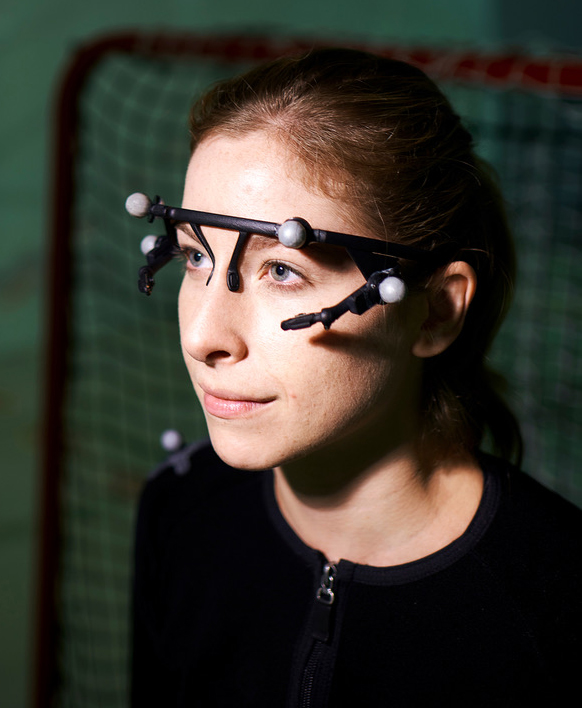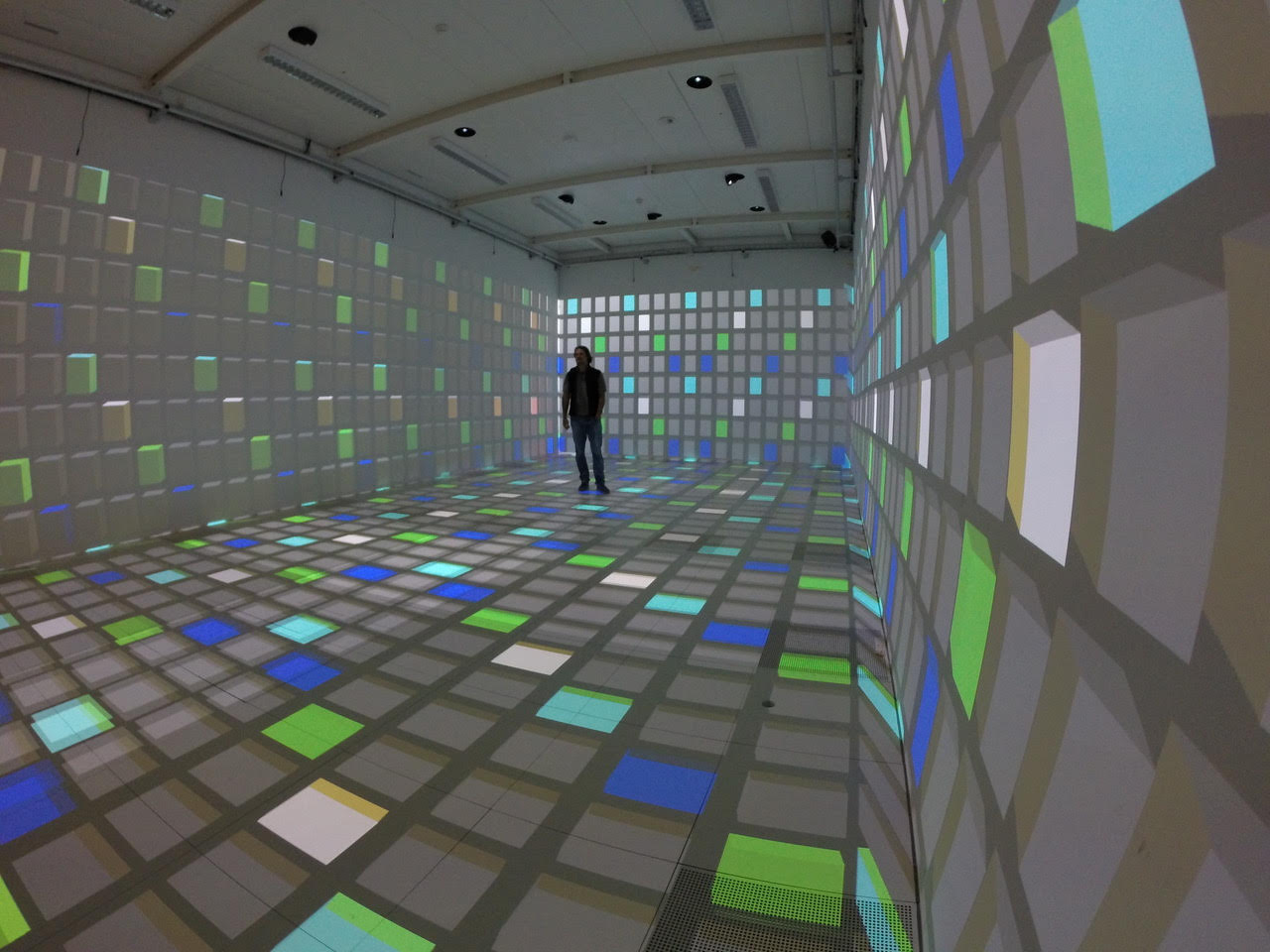The University of Bern is a comprehensive university founded in 1834. The University offers more than 150 bachelor's, master's and doctoral degrees in varying fields across eight faculties, including human sciences. Situated within the Swiss capital of Bern, the University of Bern is home to over 19,000 students making it the third-largest university in Switzerland.
The Institute of Sport Science is part of the Faculty of Human Sciences at the University of Bern. At the Institute of Sport Science, sport is conceptualized as an interdisciplinary subject. The research interest focuses on social and behavioral aspects of sport and exercise in various fields of practice, including school sports, leisure and health sports, and competitive sports.
Developing the Sensorimotor Lab and CAVE
The Institute of Sport Science has been developing the Sensorimotor Lab, an infrastructure designed to provide unique insights into human perceptual and motor behavior in complex naturalistic environments. "Since 2015, we have been developing a virtual reality infrastructure specifically targeting the study of human motor behavior in sports and exercise," said Dr. Ralf Kredel, senior lecturer at the University of Bern's Institute of Sport Science. "The University of Bern has many students that are highly proficient in sports, which allows us to closely monitor and study elite motor behavior while playing sports or exercising in our Sensorimotor Lab."

Dr. Kredel added, "The Institute of Sport Science utilizes the Sensorimotor Lab to research human motor behavior from a basic scientific perspective and explain phenomena manifesting in applied sports. We have sports associations and athletes come to us with individual and unique questions, which we try to answer utilizing our team and technology resources. As researchers, we are interested in understanding the general mechanisms behind these specific problems. For example, a specific trampolining skill is fascinating because it is quite technical and difficult to learn. Understanding the movement's mechanics and solving the problems the athlete encounters when acquiring or perfecting this specific skill can lead to understanding generic aspects of motor learning."
[Warping and Blending High-resolution Displays for Experiential Environments]
The University of Bern's Sensorimotor Lab contains a CAVE (computer automatic virtual environment), including full-body motion tracking, integrated mobile eye-tracking, spatial sound rendering, and twelve high-resolution projectors to project an immersive visual environment the walls and floor of the large room. Initially introduced in 2015, the University of Bern's CAVE was driven by in-house-developed software for projection blending and warping and displaying content. "Afterwards, we integrated Scalable Display Technologies to blend the image between multiple projectors in the Sensorimotor Lab," explained Dr. Kredel. "Before Scalable, we used self-developed software to manually calibrate the projection. We engaged a programmer who developed an entire custom concept to drive the CAVE, which we used for three years. Still, we wanted to find a more efficient way of producing and managing the content."
Dr. Kredel added, "Scalable checked all of our boxes. We needed to have a system that streamlined the day-to-day service operations in the CAVE, as I'm currently the only person who is maintaining, developing and managing the content. So, I have very limited time for service operations and was looking for a highly automated solution. Scalable's unique feature set provided us with everything we needed. Their one-touch calibration is ideal for us because it significantly reduces the downtime for maintenance--and it's often simple enough for anyone on-site to do the recalibration on their own."
Creating a Reliable, Interactive Solution With Scalable Software
Scalable's software automatically warps and blends multiple projectors into one seamless display. It allows the University of Bern to create a reliable and interactive solution. "Scalable's software has enabled us to streamline the calibration process and allows us to more closely interact with the video technology in the Sensorimotor Lab," noted Dr. Kredel. "Our CAVE is unique because we encourage people to physically interact with it. We want them, for example, to play soccer and shoot real soccer balls against the display walls. The virtual reality system enables us to control and systematically modify the properties of the virtual environment and the behavior of the virtual players, which can never be achieved in such a controlled manner when doing studies on the real pitch. In a virtual tennis service situation, as another example, we can vary the impact position of the ball and its speed while modifying the positional noise when trying to receive and return it with a virtual racket, which is controlled by the participant's hand movement. We can systematically manipulate many aspects relevant to human motor control and learning that cannot be controlled in a real environment but help to shed light on underlying mechanisms of skillful motor behavior.
[Scalable Display Technologies Revolutionizes Maritime Simulation]
The integration with Scalable was successful at all levels. The Sensorimotor Lab supports many new possibilities for research and the University of Bern's graduate students. "It enables our doctorate and master's students to create interactive content by themselves and modify its properties at runtime," explained Dr. Kredel. "It takes complex sports or daily activities and makes them more easily accessible to research. It opens the door to a completely new area of research for sport science."
